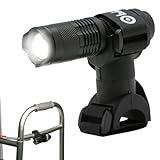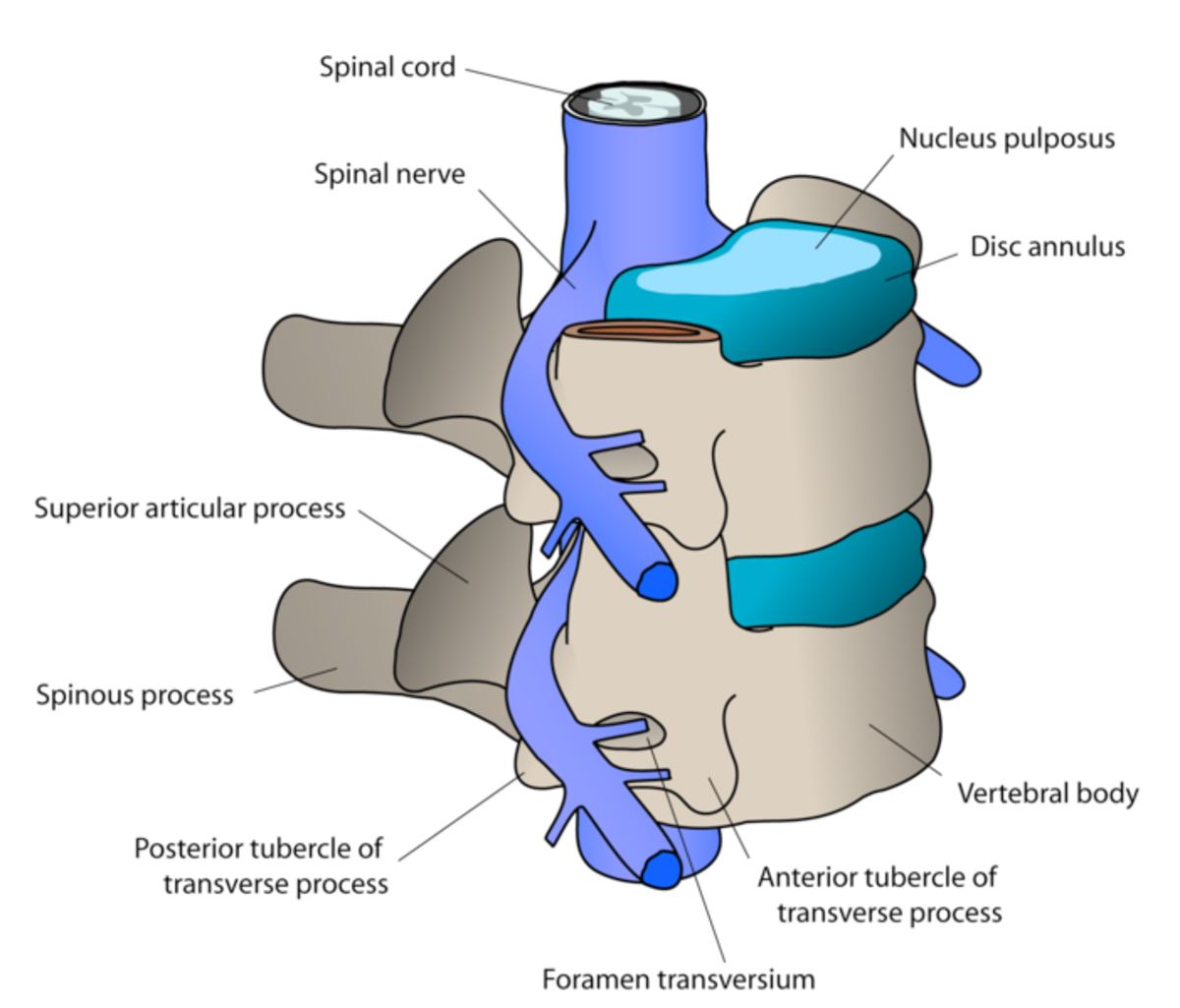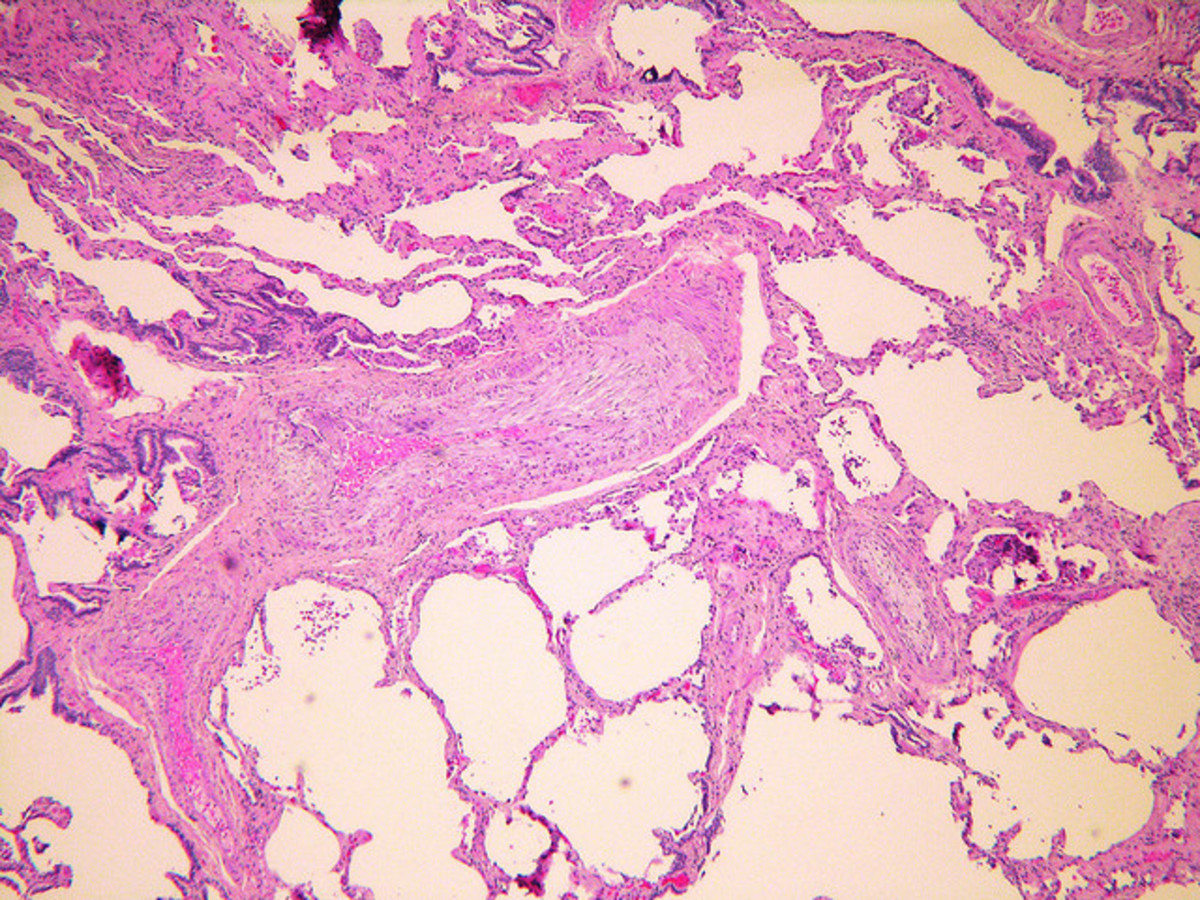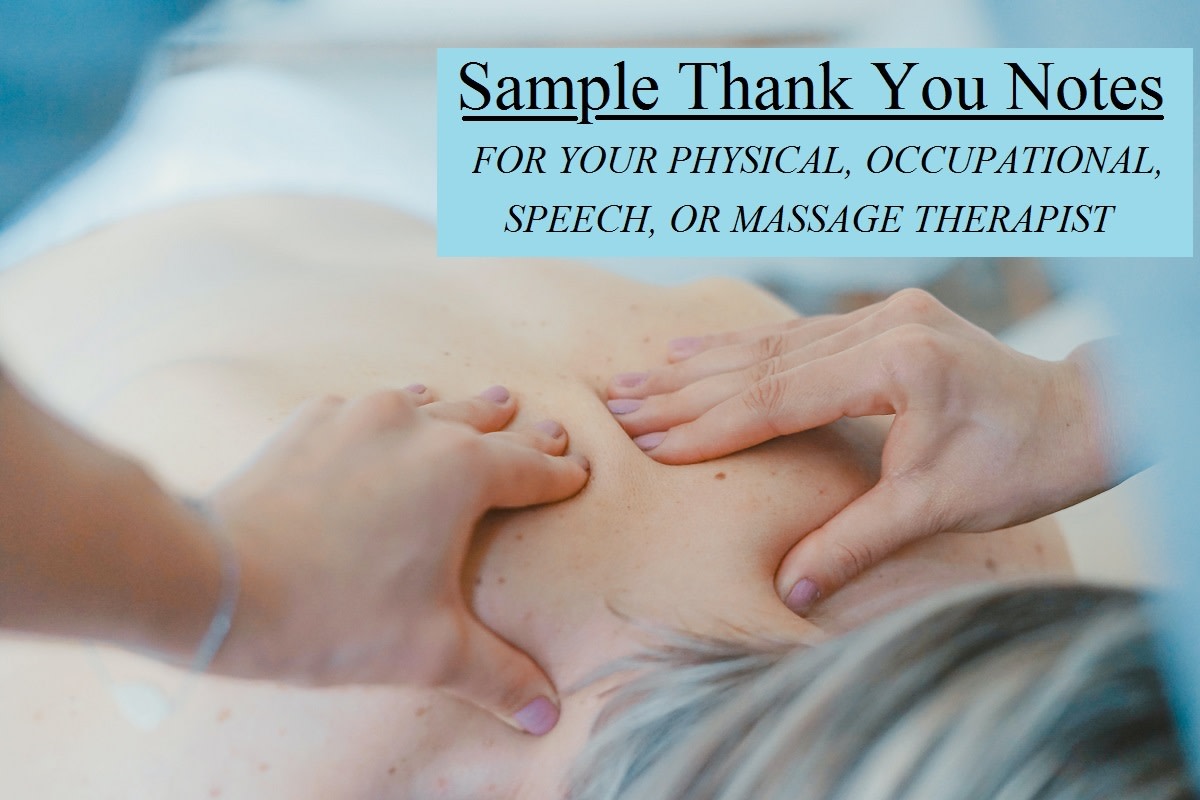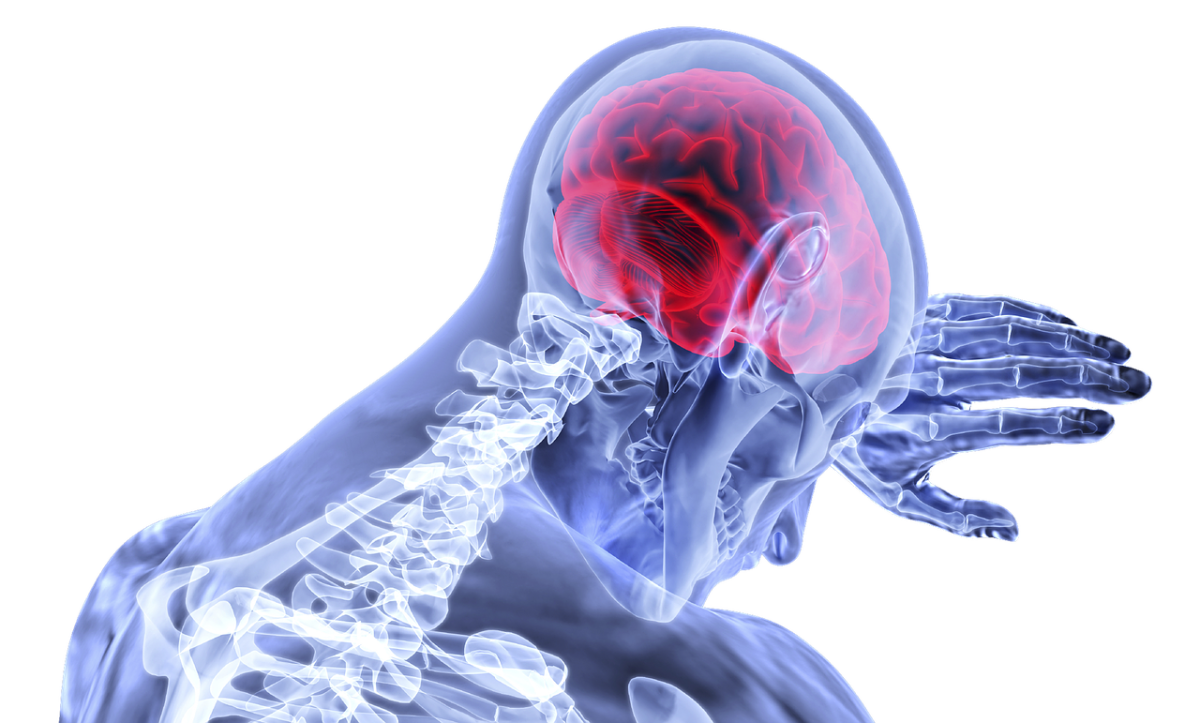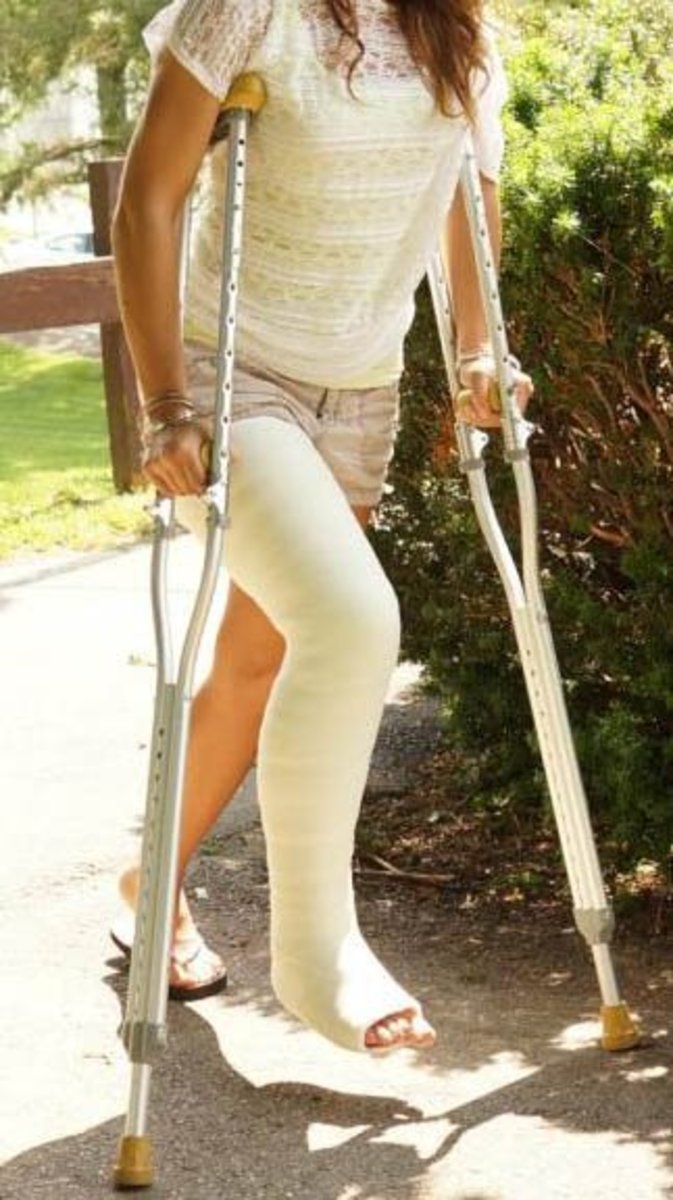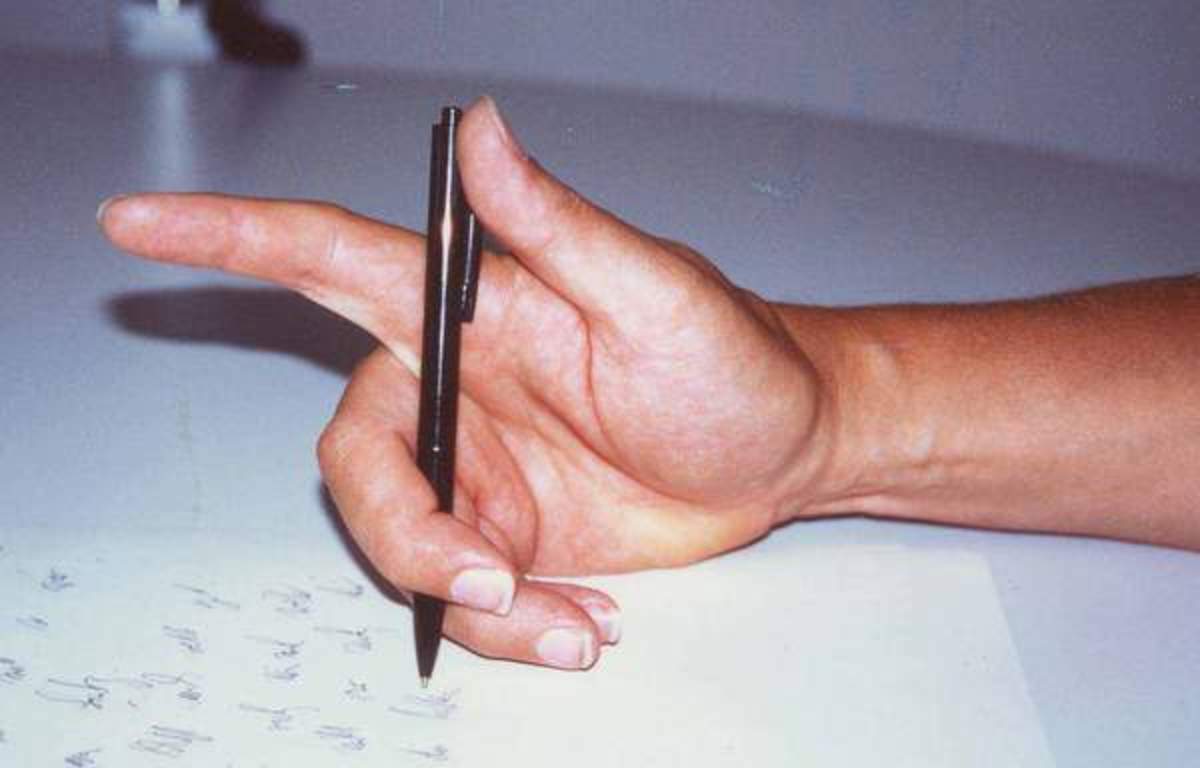Teamwork In the Recovery of The Stroke Patient
Stroke patient
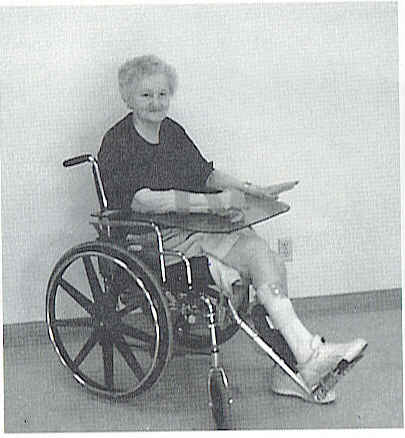
In my last article, I told you a lot about stroke and how occupational therapy can help the stroke victim. This article takes a further look at recovery of the stroke patient and how the treatment team, the caregiver and the patient can aid in the recovery.
Role of the physician
When someone suffers a stroke, he/she is placed under a team of healthcare professionals, each having a distinct role to play. The physician will be concerned with maintaining an open airway, keeping the body hydrated with IV fluids and looking after the patient’s blood pressure. Many stroke patients may have a heart condition, which can complicate matters, or it may develop as a result of the stroke. Other complications of a stroke that will occupy your doctor’s attention are pneumonia, respiratory problems, bladder and bowel problems and the development of deep venous thrombosis (DVT).
DVT is the formation of blood clots or emboli in the leg veins. This usually results from prolonged lying in bed. Sometimes these blood clots can break off and become lodged in the lungs. They are then known as pulmonary emboli and can cause death. Treatment for DVT may be with medication, elastic stockings and use of a compression device. Because DVT is so dangerous, the doctor issues out of bed orders as soon as possible to avoid the occurrence of this problem. Both occupational therapy and physical therapy would be involved in mobilizing the patient.
Role of the physical therapist
Physical therapy (PT) is vital in helping the patient regain movement, particularly in the legs. Depending on what side of the brain was affected, the person may experience loss of function on the opposite side. For example, a stroke that occurs in the right side of the brain may cause paralysis or hemiplegia of the left side of the body. In some cases, the person may lose sensation on that side of the body to the extent they do not feel you touching them. It is the job of the physical therapist to help the patient initiate movement of the legs and correct any abnormal patterns. He/she will work on gait training, getting in and out of bed, balance and coordination and correcting muscle tone – the amount of resistance in the muscle when it is moved. The PT may also train the patient to use adaptive equipment, such as a walker or cane.
Role of the occupational therapist
The responsibilities of the occupational therapist (OT) are many and wide-ranging. From ADL (activities of daily living) retraining, strength training, cognitive retraining, bed mobility and training the caregiver, the OT does it all. Reduced strength, loss of function on one side of the body or decreased ability to think and problem solve may render the stroke patient unable to perform everyday tasks like bathing, dressing and feeding himself – things he once took for granted. The OT can train him to perform these functions again, even while he is still disabled. Because stroke is a brain injury, some patients also lose their memory and the ability to organize and carry out certain tasks. This is known as cognitive dysfunction, and it is the OT’s job to retrain the patient in this area as well. Stroke patients may become depressed as a result of their illness. OTs, because of their holistic approach to treatment, are very good at counseling and motivating these patients to succeed.
Dealing with pain, swelling, loss of movement in the upper limbs, and contractures is primarily the OTs domain. The OT may use hot and cold packs and other modalities to treat pain. For loss of movement and loss of range of motion, the OT performs exercises and other procedures to restore this function. In most cases of a severe stroke, a patient may develop spasticity or rigidity in the arm. If this is left untreated, it may become a contracture. To prevent this, the doctor may order a splint which the OT will fabricate and apply to the affected limb. As seen in the picture above, the patient's arm rests on a lapboard. This is needed when the person's arm is spastic (rigid), lacks sensation or the patient neglects that side. In such cases, the arm may fall off the wheelchair without the patient being aware of it. If that happens, the arm can become mangled in the wheelchair when the person is wheeled, or it may become dislocated from the shoulder socket.
Role of the speech therapist
Speech therapy may be indicated if the person has difficulty swallowing, as many stroke patients do. In this case, the speech therapist will evaluate the patient and work with the dietician to provide thickened liquids or pureed foods as needed. Patients may also exhibit speech problems such as aphasia – loss of speech. This may be receptive –not being able to understand speech – or expressive –not being able to express themselves orally. The speech therapist may see other more complicated speech disorders and treat them accordingly.
Role of the caregiver
Caring for a stroke patient can place physical as well as emotional demands on the caregiver. A patient, relaxed and accepting attitude works best. It is important that the caregiver be sympathetic toward the patient, but at the same time allow the patient to do as much for himself/herself as possible. This will not only take some of the burden off the caregiver, but will lift the spirits and self-esteem of the patient. To this end, the OT will train the caregiver in those skills necessary to take care of their relative. In communicating with a patient who is aphasic, the caregiver should use short and simple instructions. And it is not necessary to shout, since hearing is not usually affected.
Role of the stroke survivor
Spontaneous recovery of motor function may take place during the first three months following the stroke. An early reduction in muscle tone (meaning the limb is no longer stiff and difficult to be moved) is a good sign. Similarly, some movement in the arm and legs, alertness and intact sensation mean that the prognosis for recovery is good. However, this may continue for a year or longer.
Compliance is a major factor in maximizing one’s chances of staying well. Many stroke survivors suffer more strokes because they do not comply with the doctor’s orders to take their medication and to live a healthier lifestyle. By modifying your diet, quitting smoking, reducing alcohol intake and increasing your activity, you can lessen the chances of suffering another stroke.

